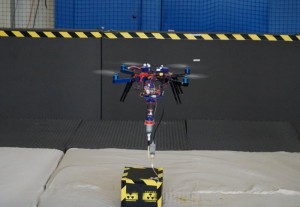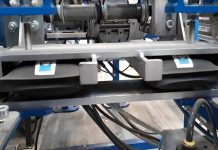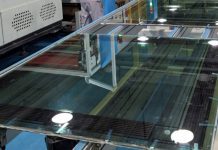A team of scientists from the Imperial College London have developed a prototype of a 3D printing Micro Aerial Vehicle (MAV), which mimics the way swiftlets build their nests and is capable of making simplistic structures.

This flying 3D printer drone is actually a quadcopter made from inexpensive materials. It features an underbelly “compartment” which gives it the ability to carry two chemicals that create polyurethane foam when mixed, and a printing module to extrude the foam which can then be used to build simple structures or repair components.
“Swiftlets are like beautiful flying factories that can navigate often treacherous, dark environments to find a suitable place to build nests. Amazingly, they carry inside of them all the materials they need to build their own home. We have taken these traits and adapted them in robotics. Robots that mimic these birds could have enormous benefits, helping humans in construction and in hazardous situations,” said Dr Mirko Kovac, Director of the Aerial Robotics Laboratory and Lecturer in Aero Structures at Imperial College London.
The article on the official website of Imperial College London reveals that scientists believe the MAV could be used in the future to carry out potentially hazardous tasks in environments hostile to humans — such as handling nuclear waste and picking up bombs, or to perform repairs in remote and hard-to-reach areas.
A video demonstration shows the quadcopter printing a sticky foam substance onto a small block before flying away, which acts as a platform on which a hexacopter (which has six rotors) lands and attaches the foreign object to its underbelly.
According to the New Scientist, the hexacopter is a GPS-guided, battery-powered robot that is capable of carrying a cargo of up to 2.5 kg, but Mr Kovac said he envisaged a fuel cell that the robot could recharge by resting on a treetop and deploying solar panels.
“They will build nests to recharge their batteries with solar cells and to observe the environment,” he said.
At this stage of development, the MAV can only fly in a controlled environment using external sensors that feed information to a laptop, but the team of developers is hoping to further advance the prototype to be able to fly in any environment.



















